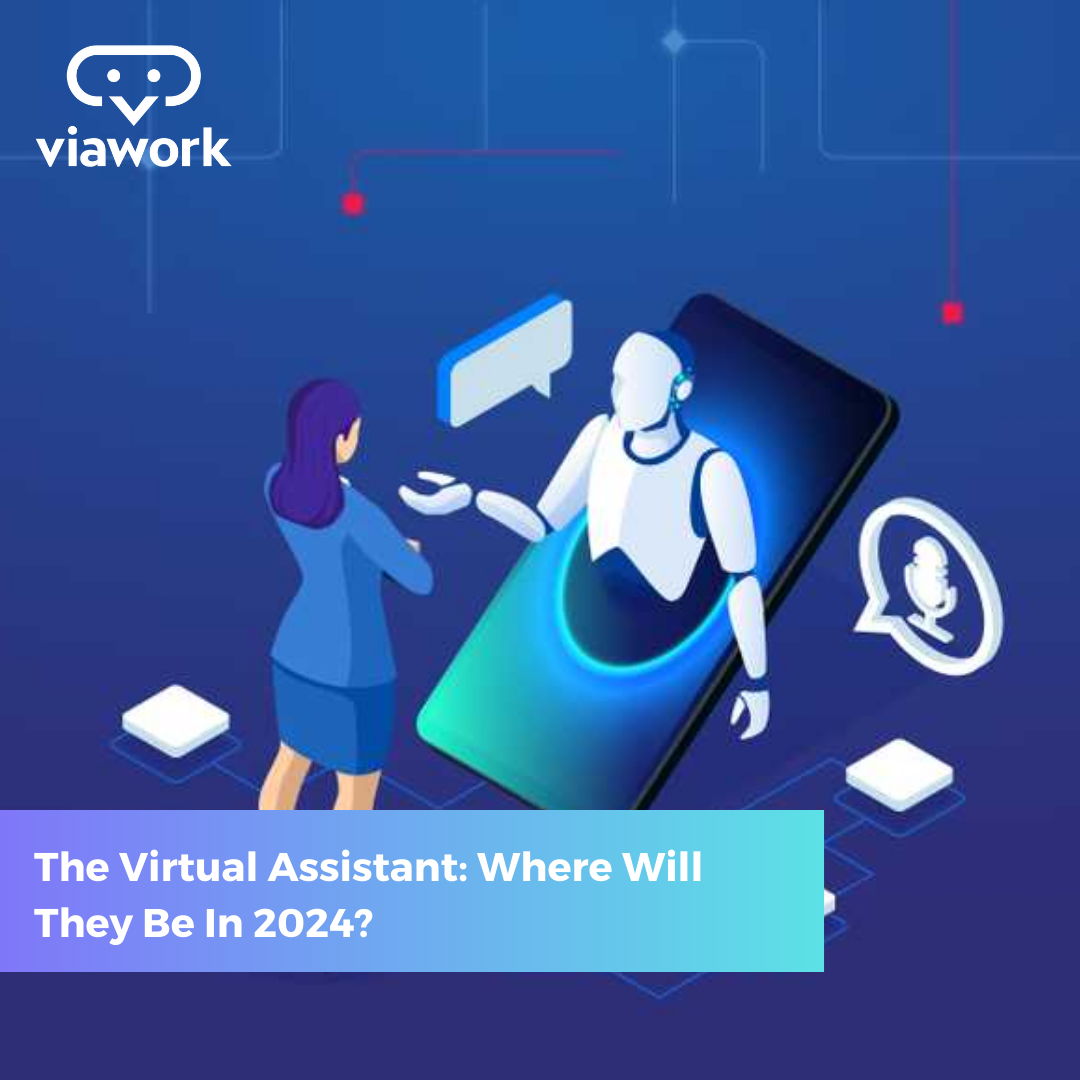The Virtual Assistant: Where Will They Be In 2024?

In the ever-evolving landscape of technology, virtual assistants have become integral players in the way we work and live. As we step into 2024, the role of virtual assistants is poised to undergo transformative changes, shaping the future of business operations and personal productivity. This blog delves into the current state of virtual assistants and predicts where they might be headed in 2024.
The Current Landscape:
Virtual assistants, such as Siri, Google Assistant, and Amazon Alexa, have seamlessly integrated into our daily lives. They started as voice-activated tools for simple tasks like setting reminders and answering basic queries. However, their capabilities have expanded significantly, encompassing a broader range of functions including smart home control, appointment scheduling, and even language translation.
Enhanced Artificial Intelligence:
In 2024, we anticipate a significant leap in the artificial intelligence (AI) capabilities of virtual assistants. They will become more adept at understanding context, natural language processing, and learning from user interactions. This enhanced AI will lead to more personalized and intuitive interactions, making virtual assistants an even more indispensable part of our routines.
Workforce Integration:
Virtual assistants are increasingly finding their way into the workplace. In 2024, we expect to see a surge in businesses adopting virtual assistants to streamline tasks, manage schedules, and assist in data analysis. This shift towards workforce integration will not only boost efficiency but also redefine traditional roles within organizations.
Multi-Platform Accessibility:
With the proliferation of smart devices, virtual assistants will evolve to seamlessly operate across various platforms. Users can expect a more cohesive experience as virtual assistants become adept at transitioning between smartphones, smart speakers, wearables, and other connected devices. This multi-platform accessibility will enhance the overall user experience.
Enhanced Security Measures:
As virtual assistants become more deeply embedded in our lives, security concerns will naturally arise. In 2024, we anticipate a heightened focus on implementing robust security measures to protect user data and ensure privacy. Encryption, biometric authentication, and other advanced security features will become standard to address these concerns.
Integration with Augmented Reality (AR) and Virtual Reality (VR):
The convergence of virtual assistants with AR and VR technologies is on the horizon. In 2024, users may experience virtual assistants in immersive environments, whether for professional collaboration or enhanced entertainment. This integration has the potential to redefine the way we interact with information and the digital world.
Customization and Third-Party Integrations:
Virtual assistants will evolve to offer greater customization options, allowing users to tailor their experiences based on individual preferences. Furthermore, third-party integrations will play a crucial role, enabling virtual assistants to connect with a myriad of apps and services, expanding their functionality and usefulness.
Conclusion:
The trajectory of virtual assistants in 2024 promises a future where these AI-driven tools are not just assistants but integral companions in our daily lives. As technology continues to advance, the possibilities for virtual assistants are boundless. From enhanced AI capabilities to seamless integration into various aspects of our lives, the year 2024 marks a pivotal moment in the evolution of virtual assistants, shaping a future where they are central to our connected world. Stay tuned for an exciting journey into the next era of virtual assistance.
